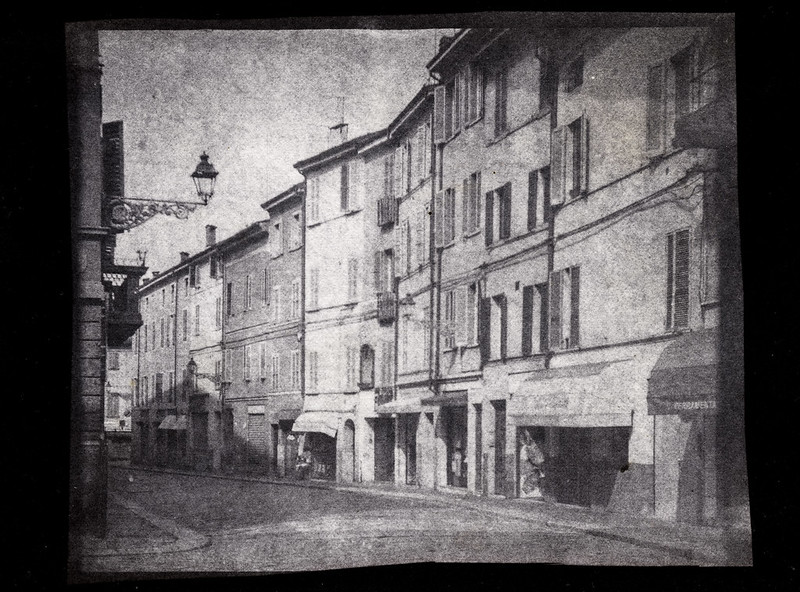
Giorgio Bordin: “A calotype negative can display more than the final print”
The physician, watercolor painter, engraver and writer Giorgrio Bordin is also a member of The Calotype Society. After experimenting with digital photography he came to the sources of photography to understand the evolution of this art.

What is your main profession?
The calotype prints and the photographs made with historic photographic techniques I can make in my spare time. I’m a physician, working in Italy in a little hospital in Parma as a clinician, chief of the internal medicine department, and as health director. I’m not yet retired and while I grow older my duties grow with me, leaving less time to spend with other activities. However, I like my work and I’m not obsessed with the balance between what I should or would do. Living the present is enough to fill the day with great things.

What education do you have?
I’ve grown up in a family without formal artistic education but with a taste for beauty and for art. I have also always had a passion for images, in all forms. The memories I have of me as a child are with a pencil in the hand. Drawing, watercolor and engraving (predominantly copperplate printing, but also woodcuts and lithography) were my means of expression in the absence of economic support from my family to let me approach photography, which I saw as a fascinating but arcane world. Photography was totally out of reach and sounded like something esoteric, that my family couldn’t afford, and thus finally unattainable.
I was also bewitched by the beauty of the human body, both aesthetically and biologically. I learned anatomy for myself some years before entering medicine as a student, and I think that within the many reasons that led me to become a doctor, this kind of aesthetic attraction did play some relevant role.
During my university years I also started an approach to photography, which was another way of discovering reality with the power of images, which can speak better than words. At the end of university, I got a 35mm camera (this was in about 1982) and started shooting without being able to delve as deeply into the photographic world as I would have liked.
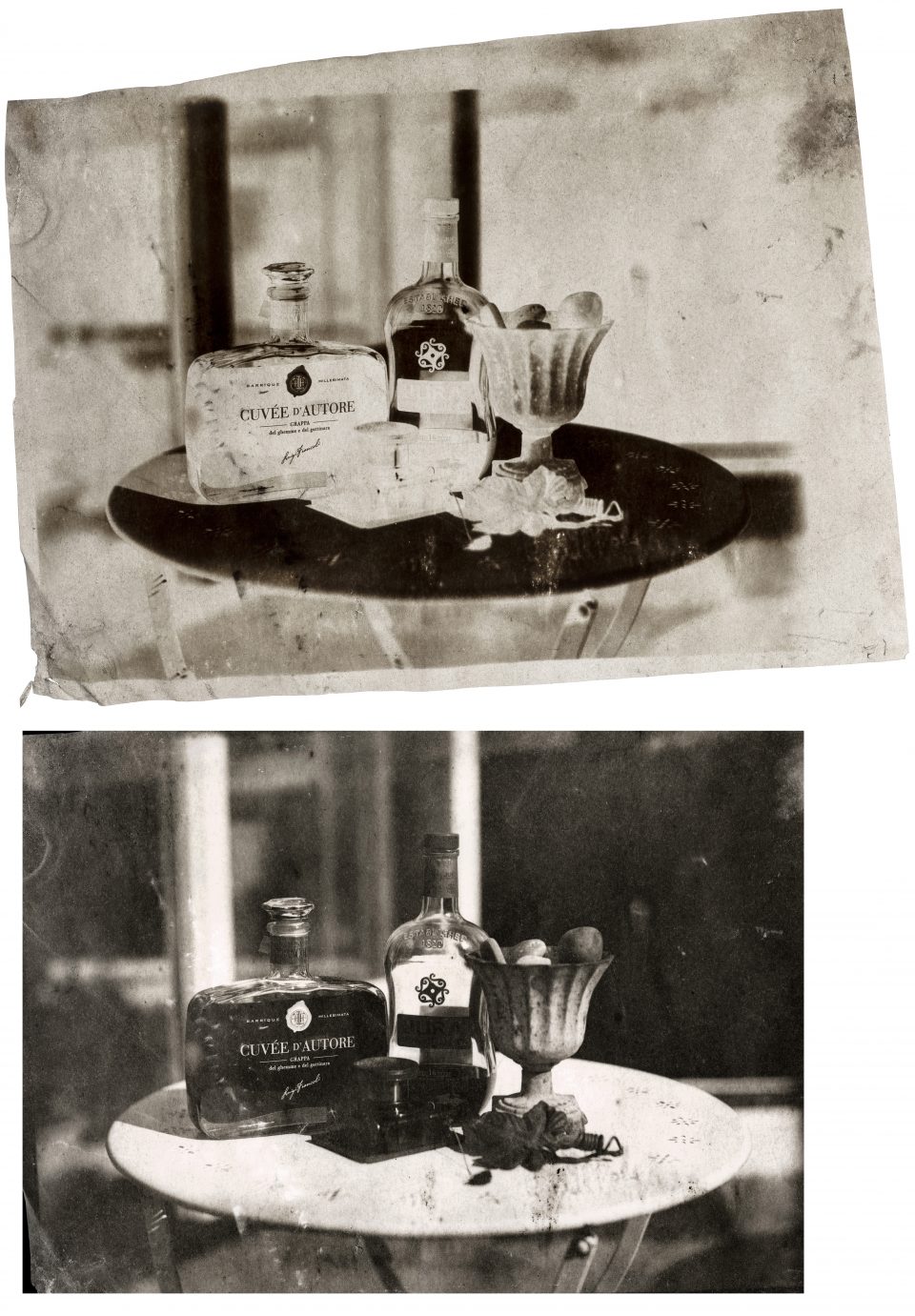
When and why did you decide to make calotypes?
Over the years, I left the analogical world of photography, trying to get to know the digital image in all its two-dimensional forms, continuing this exploration of images with aspects of graphics and communication that have stayed with me. More recently, I took up analogue photography again, thanks to the gift by my cousin of a wonderful Pentacon Six, which belonged to him and which he was no longer using. That moment started an adventure against the stream, not as a protest but as an anachronistic direction, backwards up the stream of the evolution of photographic techniques – a little bit like a salmon – towards the sources of photography, where I however do hope not to perish.
From shooting with the 35mm, then moving on to medium and large formats, I ventured towards a discovery of the conventional development of the negative, and I then began to experiment – alongside the gelatin silver print – with cyanotype and prints in siderotype (Platinum and Palladium, Kallitype, Vandyke Brown, Chrisotype, Argyrotype) and pigment techniques (Gum bichromate, mixed techniques), and then positive and negative wet plate Collodion, Salted Paper and Albumen prints, plus a little bit of Calotypes, which has never become my main technique, although I would be happy to dedicate more time to it.
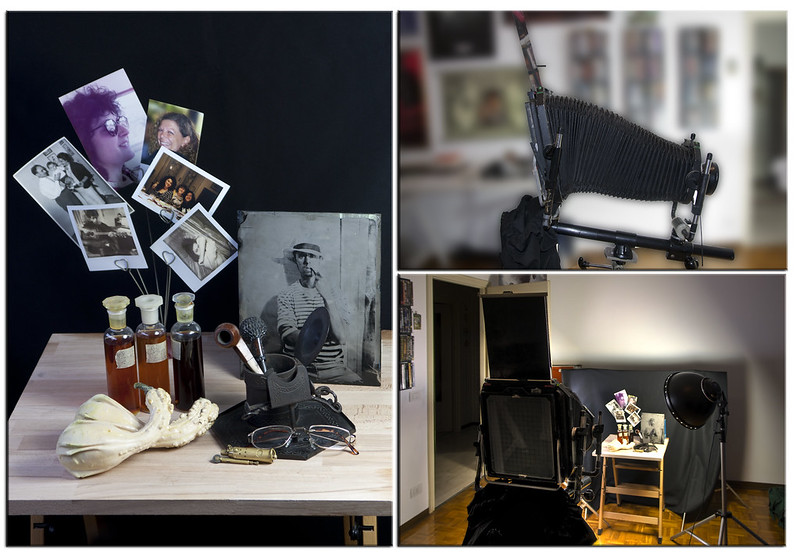

What was your first experience with calotypes?
I had read something about the classic calotype method, but I was scared by a lot of variables which I could not fully understand, until I met Claudio Santambrogio, through a social network (Flickr), where I saw some of his calotypes. We arranged a telephone call and he told me about Pèlegry’s method, and of a group of fellows, members of this appealing Calotype Society, where he himself learned a lot. This close encounter of the second kind became soon of the third kind – we met in person, which led to me meeting also another member of the Calotype Society, Wlodek Witek, who is living in Oslo, with whom a true friendship started. The further part of the story is a natural development from the beginning.
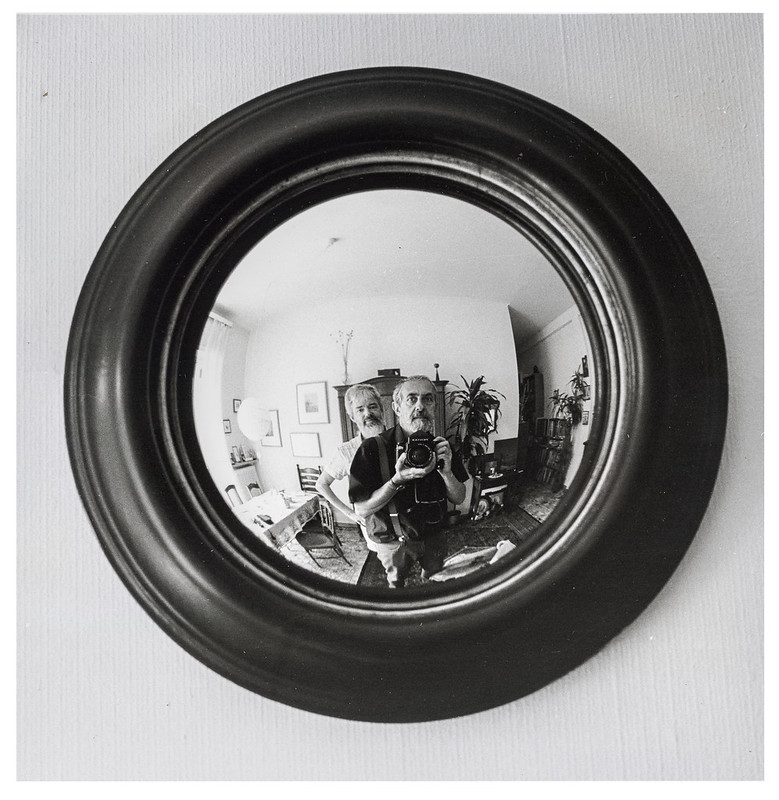
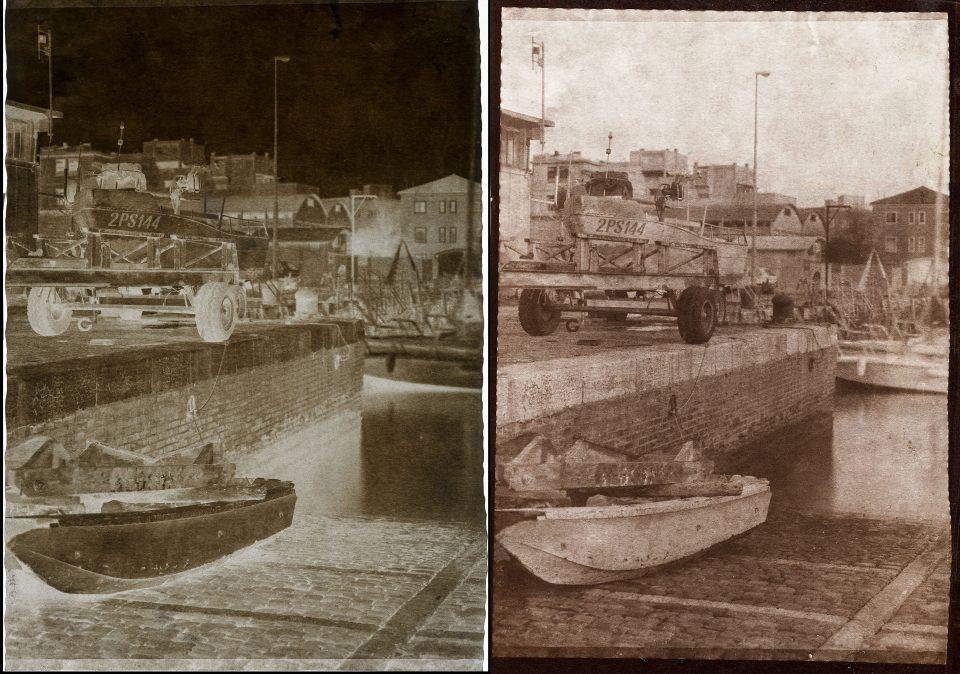
Why does the calotype technique attract you?
A driving force was to explore the root of photography. (If I had more time I would move also to the Daguerreotype, which still is missing in my portfolio…). But another reason was the unexpected beauty that an old calotype revealed to me when I went to Paris, in the Musée d’Orsay, and saw an impressive temporary exhibition of French calotypes – and I was silly enough to forget purchasing the catalogue. Rather than prints, the exhibition showed the negatives, and a negative at times can display more than the final print.
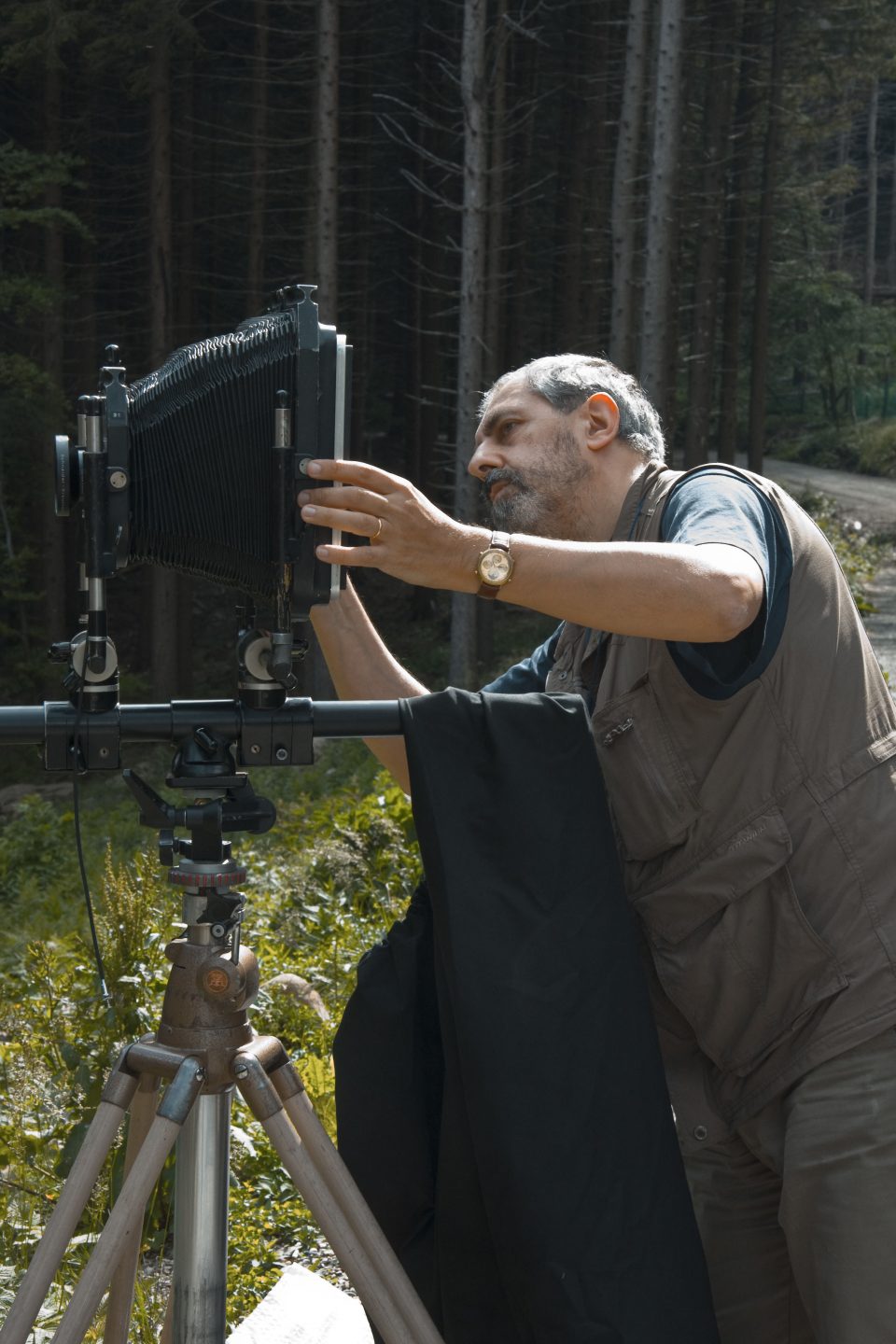
What new and important things did you discover by working with this technique?
I’m patient, and quite systematic, I can learn quickly and manage techniques. But I’m not clean. Sometimes I’m really a muddler. If you work carelessly you can’t get any results in calotype photography. Calotype forces me to be more accurate and careful, clean and ordered.
The technique is a tool for obtaining a photograph, and the photograph is the task.
©Giorgio Bordin
What kind of camera do you use?
I have many view cameras, starting from half plate, and moving to 4x5”, 5x7”, 8x10” and 40×40 cm, and also some old lenses, which I also use for wet plate collodion.
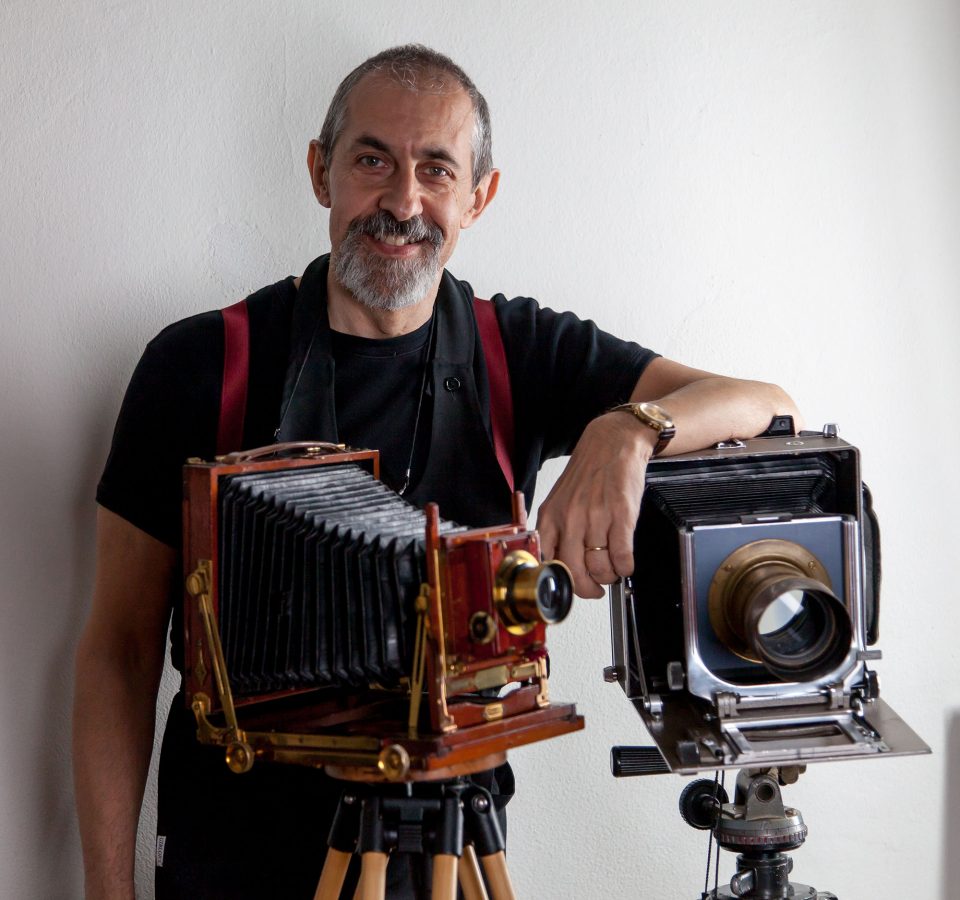
What recipes for making calotypes are you using?
Today, I still rely on Pèlegry, because it is the one that I’m confident with and because it is even a bit wearisome, simple and practical, allowing me to shoot with sheets sensitized some time beforehand. As I said, I have no time or mental spring to learn other recipes. Perhaps, I will do it in the future…
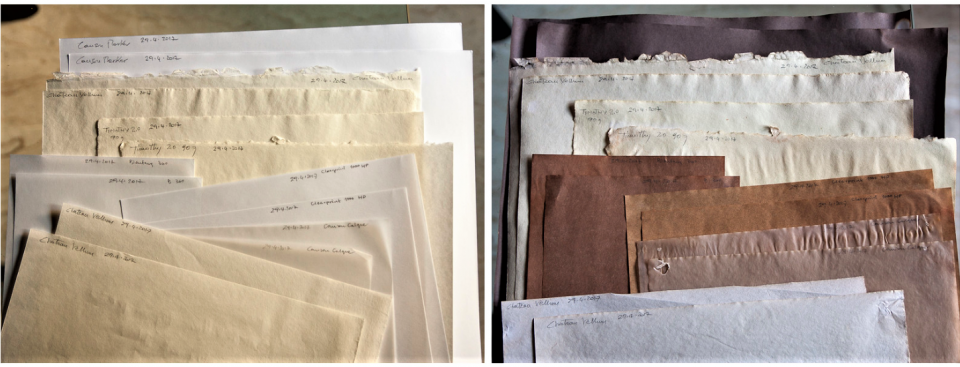
What subjects do you choose for your calotypes?
I prefer to make landscapes. I like them, and they do not move. Still life also is quite still. Never say never! The portraits are just around the corner.
What do you like more – the result, or the process of making photographs?
As with many other old (or alternative) techniques, the process is appealing and rewarding. But I struggle to avoid forgetting that the technique is a tool for obtaining a photograph, and the photograph is the task. It is true, however – like in any craftsmanship – that the value of the process, the struggle for a work well done, the effort and labor spent in making the final object, are inextricably embodied in the outcome, giving value in themselves.
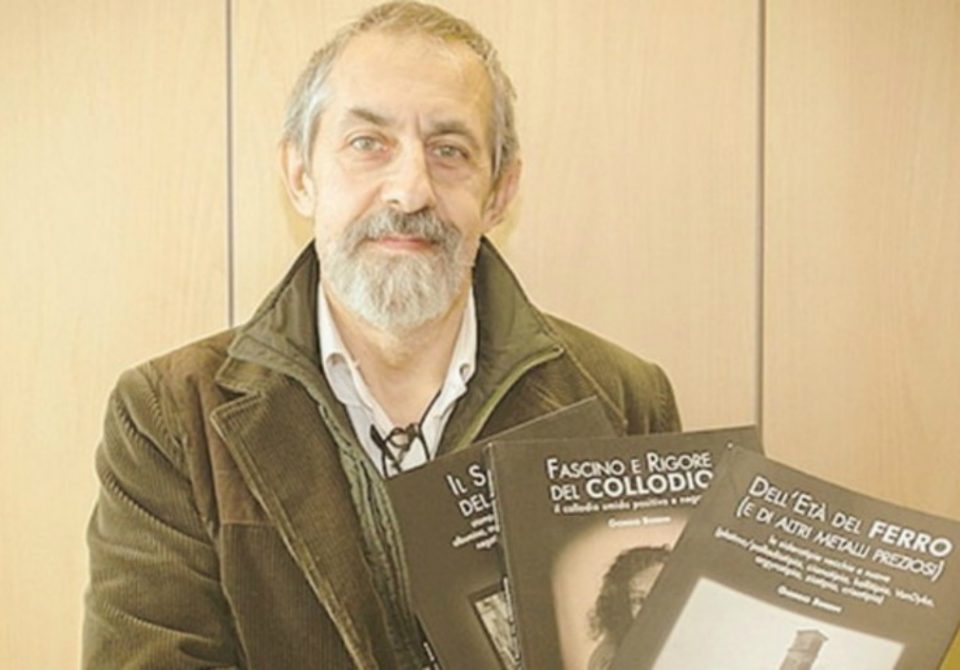
How does your darkroom look?
I’m lucky to own a large cellar where I’ve made an almost professional darkroom, except for the fact that it is a bit messy. This is the condition sine qua non for me to perform old photographic techniques without jeopardizing my home. My wife loves me and tolerates my madness, but there is a limit to everything, I agree with her.
What did you learn about life after making calotypes?
Life is an everlasting discovery. When I see a landscape or a still life, I try to understand how to say it in photographs, either with old or new techniques. At the end of the story I get an object which reveals something of me, of what I’ve seen and tried to communicate, but at the same time it reveals also much more of the reality itself, which powerfully sprouts and surprises me like a new-born, who I never knew before. It has its own life.
The present is always a gift, and has to be accepted and loved as it is. This is why it can be proudly given to others, because it is something more than the product of my work.
Post Scriptum
We are living in unprecedented times – Covid-19 is sweeping through the world, threatening the life and world as we have gotten to know it. Dr Giorgio Bordin has worked at the front line of the fight against the pandemic when he decided that the Hospital in which he is working would set up a Covid ward. This experience has deeply signed Giorgio as a man, and as a doctor. He collected and published the diary he kept during the difficult months in the first half of 2020, when Italy became the first country in Europe to witness the spread of this new disease. You can order Giorgio Bordin’s book “COVID Ward” in Italian, or in the English translation, directly from the editor.
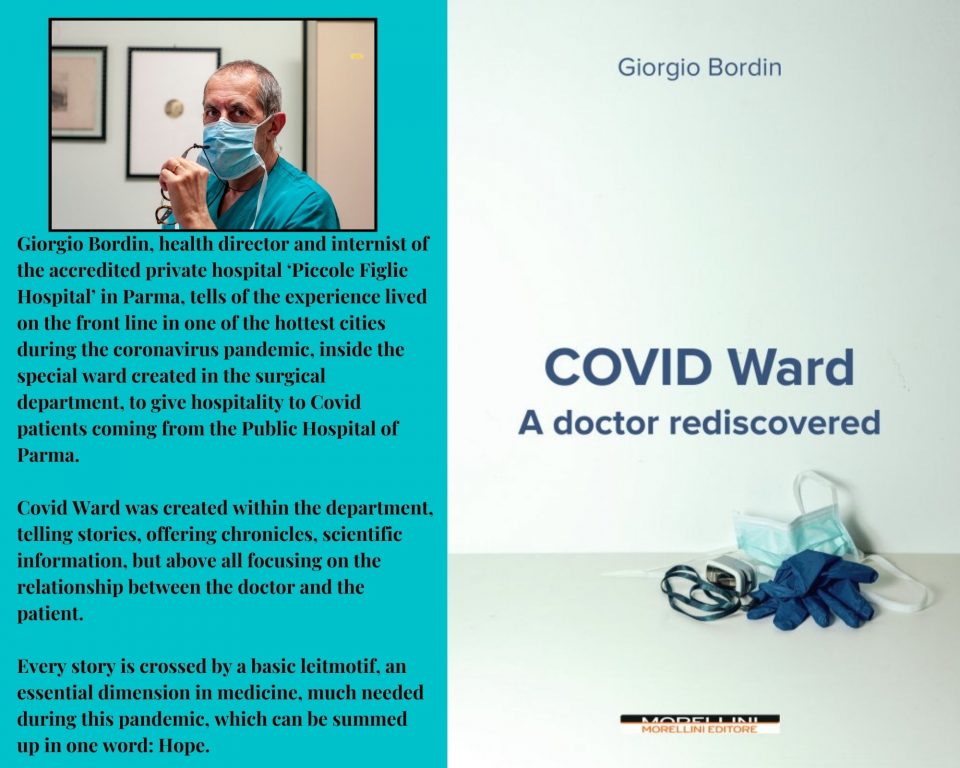
Interview by Asia Weber
Sources:
https://www.flickr.com/photos/gbordin/albums/72157636763997283/with/10385939864/
https://www.morellinieditore.it/autore-giorgio-bordin-380341.html

